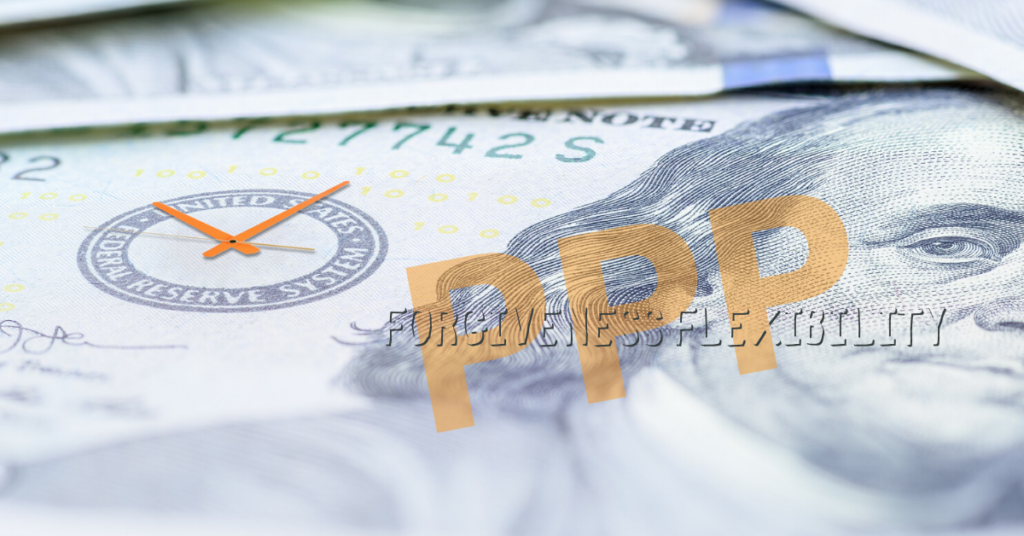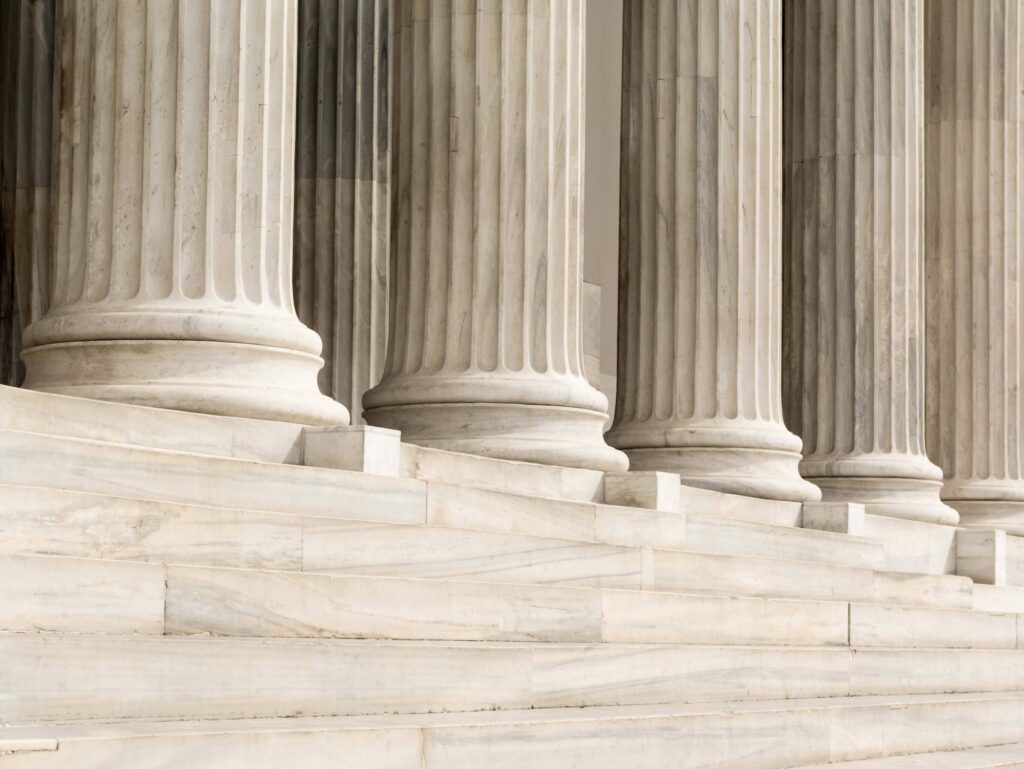
Flexibility Act Makes Significant Changes to PPP Loan Terms
On June 5, 2020, the Paycheck Protection Program Flexibility Act of 2020 (“PPPFA”) was enacted into law. The PPPFA makes significant changes to several key Paycheck Protection Program (“PPP”) loan provisions. Most of these changes allow more flexibility for borrowers, but as discussed below certain elements of the legislation have created new concern.
The PPP loan facility is a critical feature of the Coronavirus Aid, Relief, and Economic Security Act (“CARES Act”). Our comprehensive discussion of PPP loans appears here [“Client Alert: What Businesses Need to Know…”]. We have also discussed a key feature of PPP loans – forgiveness – here [May 15 update] and here [May 19 update].
A summary of the key changes the PPPFA makes to the PPP loan program is below. It focuses on changes: 1) intended to provide greater flexibility in the forgiveness of PPP loans; 2) to the permitted use of PPP funds (i.e., the 75 percent payroll cost threshold), including a new “all or nothing” approach to PPP loan forgiveness; and 3) to other PPP loan terms.
Forgiveness Flexibility
Extension of “Covered Period”
The PPPFA modifies the “covered period” in which borrowers are required to incur and pay permissible costs with loan proceeds that are in turn eligible for forgiveness. The PPPFA extends the covered period to either 24 weeks after loan origination or December 31, 2020, whichever occurs first. Borrowers who received their loans prior to the enactment of the PPPFA may now utilize either the new 24-week covered period or the original eight-week covered period.
Reduction of Safe Harbor
Under the CARES Act and related guidance from the Small Business Administration (“SBA”), the maximum amount of loan forgiveness available to a PPP borrower decreased if a borrower reduced its employee full-time equivalency (“FTE”) or wage levels by more than 25 percent. A “safe harbor” allowed borrowers to avoid these decreases if they restored such reductions by June 30, 2020.
The PPPFA recognizes that many employers are still closed for business or operating below capacity and may not be able to restore their previous operational levels any time soon. Therefore, it extends the safe harbor deadline to December 31, 2020. This means PPP borrowers can avoid reductions in forgiveness if they reinstate their FTE counts and wage levels to pre-COVID-19 pandemic levels by December 31, 2020.
Expansion of Rehire Exemption
Before the PPPFA was enacted, the SBA clarified that PPP loan borrowers would not see their loan forgiveness amounts reduced due to reductions in FTE levels due to an employee’s termination for cause, rejection of a written offer to rehire, or voluntary resignation during the covered period. We discussed this clarification here in our May 19 update regarding the PPP loan forgiveness application.
The PPPFA takes this previous guidance even further. Under the legislation, PPP borrowers will not see their forgiveness amounts reduced if they can document, in good faith:
- An inability to rehire individuals employed as of February 15, 2020, and an inability to rehire similarly qualified replacements for their positions by December 31, 2020; or
- An inability to return to the same level of business activity as of February 15, 2020, due to requirements or guidance from the Secretary of Health and Human Services, the CDC, or OSHA related to sanitation standards, social distancing, or another COVID-19 related worker or customer safety requirement.
Time Limit for Forgiveness Applications
The CARES Act does not set a deadline by which PPP borrowers must apply for loan forgiveness. The PPPFA includes a provision that suggests borrowers must apply for forgiveness within 10 months after the last day of the covered period. This provision states that eligible recipients “…shall make payments of principal, interest, and fees on [PPP loans] beginning on the day that is not earlier than the date that is 10 months after the last day of such covered period.”
Also, nothing in the PPPFA, the CARES Act, or SBA guidance issued to date prevents a PPP borrower from expending its loan proceeds and applying for forgiveness before the end of its covered period. This aspect of the forgiveness process helps borrowers clear their balance sheets of PPP liabilities as soon as possible.
Use of PPP Funds
Modification of the 75 Percent Payroll Cost Threshold; New “All or Nothing” Approach to Forgiveness
Prior to the PPPFA, PPP borrowers were required to spend at least 75 percent of loan proceeds on payroll costs, and up to 25 percent of loan proceeds on permissible non-payroll costs like mortgage and other interest, rent, and utilities. Failure to meet the 75 percent payroll cost threshold resulted in a reduction of a borrower’s forgiveness amount.
The PPPFA modifies these thresholds and allows borrowers to spend up to 40 percent on permissible non-payroll costs. However, this modification brings with it a critical change to PPP loan forgiveness – it makes it “all or nothing.”
In other words, the PPPFA is drafted to disallow any forgiveness if the borrower does not spend at least 60 percent of their PPP loan on payroll costs. Previously, a failure to meet the 75 percent payroll cost threshold only reduced the borrower’s forgiveness amount proportionally.
This change to an all-or-nothing approach has not gone unnoticed, as at least one senator expressed concern about the impact of the change before ultimately voting for PPPFA. We will continue to monitor developments and will update any efforts to revise this aspect of forgiveness.
Other Changes to PPP Loan Terms
The PPPFA changes other key PPP loan terms, as follows:
- The maturity date has been extended from two years to a minimum of five years for all PPP loans disbursed after the enactment of the PPPFA. For loans disbursed before enactment, the two-year maturity date still applies, but borrowers and lenders may mutually agree to modify the term of the loan to five years.
- Before the PPPFA was enacted, the SBA had established a six-month payment deferral period. The PPPFA modifies this deferral period to run until the date that the lender receives the forgiveness amount from the SBA.
- Pursuant to the CARES Act, borrowers with forgiven PPP loans were not eligible for the CARES Act’s payroll tax deferral. The PPPFA removes this prohibition and allows PPP borrowers to both receive loan forgiveness and utilize the payroll tax deferral outlined in the CARES Act.
We at Smith Debnam are closely monitoring these changes to the PPP and other developments as part of our comprehensive response to the COVID-19 pandemic. If you have any questions, please contact us.
